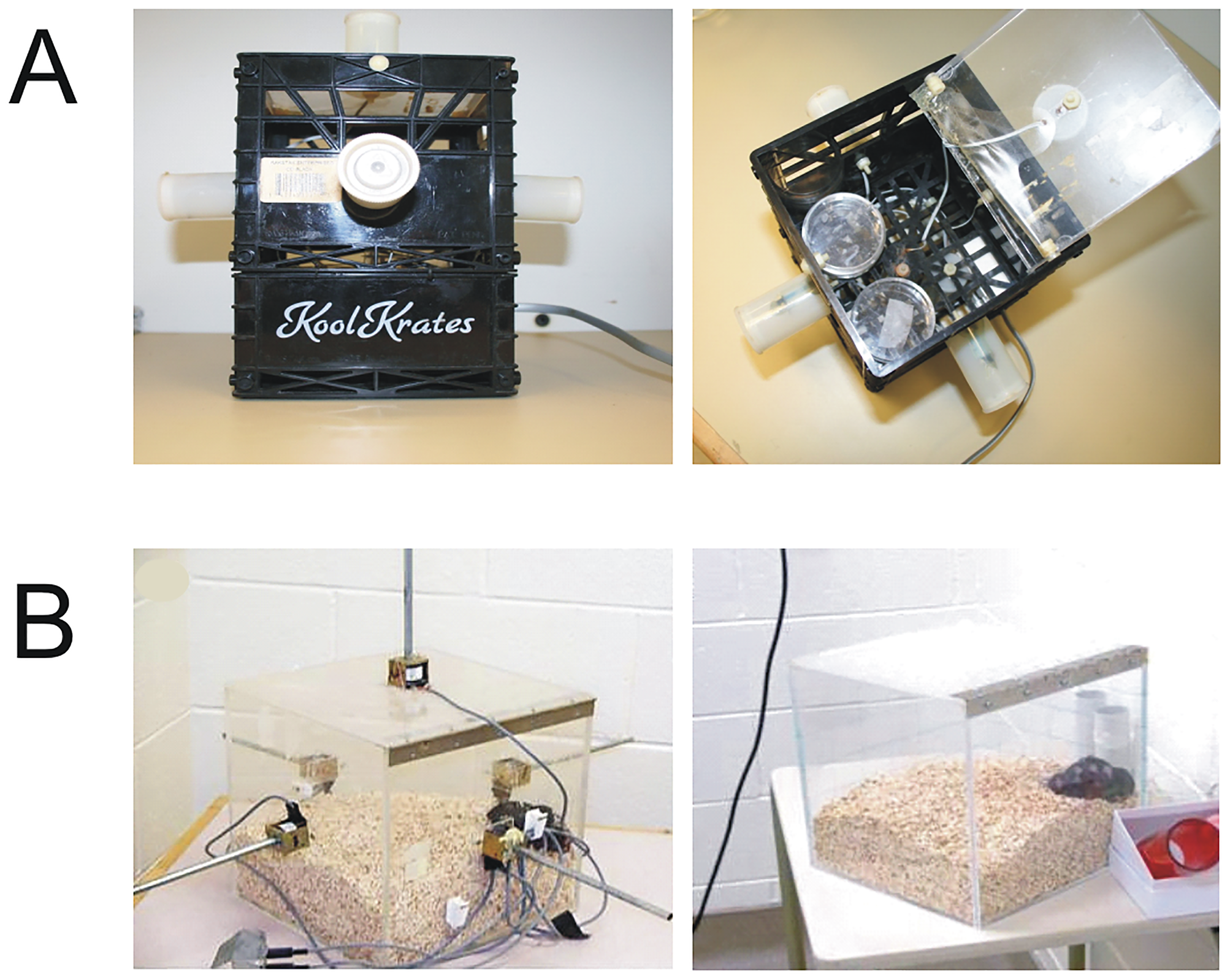Thomas-EMF (Electromagnetic Field) is a low-intensity, frequency-modulated electromagnetic field pattern that operates within a range of 25 to 6 Hz. In experiments involving this specific electromagnetic field, cells or mice were exposed to a Thomas-EMF pattern within a 4D box exposure system. This system was equipped with wire-wound solenoids, through which a direct electrical current was applied to generate the Thomas-EMF pattern.
The Thomas-EMF pattern is quite complex, featuring 18 doublet peaks with intervals that gradually increase – starting with a 3 ms interval for the first 5 repeats (corresponding to 25 Hz) and extending to a 120 ms interval for the last 5 repeats (corresponding to 6 Hz). This pattern was created using a digital file composed of 849 points, each programmed for 3 milliseconds, resulting in each cycle lasting 2.55 seconds. Notably, the reverse Thomas-EMF pattern follows the same pattern but in reverse order, proceeding from 6 Hz to 25 Hz.
The strength of Thomas-EMF used in these studies was weak, ranging between 2 to 10 microteslas (μT). One-hour daily exposures to Thomas-EMF were shown to inhibit the growth of various malignant cell lines, including B16-BL6, MDA-MB-231, MCF-7, and HeLa cells, without affecting non-malignant cells
Introduction
The world of medical research is constantly evolving, with new technologies and methodologies emerging to tackle some of the most challenging health issues. One such innovation, Thomas-EMF (Electromagnetic Field), has recently gained attention for its potential in cancer treatment. This article explores the intricacies of Thomas-EMF, its mechanism, and the promising results from a recent study demonstrating its impact on cancer cells.
What is Thomas-EMF?
Thomas-EMF is a low-intensity, frequency-modulated electromagnetic field that operates within a range of 25 to 6 Hz. This unique pattern of electromagnetic exposure is generated using a specialized system equipped with wire-wound solenoids, creating a field strength between 2 to 10 microteslas (μT). The pattern consists of 18 doublet peaks with gradually increasing intervals, resulting in a complex, time-modulated electromagnetic environment.

The Study: Inhibiting Cancer Cell Growth
A recent study, detailed in the paper “Inhibition of Cancer Cell Growth by Exposure to a Specific Time-Varying Electromagnetic Field Involves T-Type Calcium Channels” sheds light on the potential of Thomas-EMF in inhibiting the growth of malignant cells. The research involved exposing various malignant cell lines, including B16-BL6, MDA-MB-231, MCF-7, and HeLa cells, to Thomas-EMF for one hour daily. Remarkably, this exposure led to a significant inhibition of cell growth in these lines, while having no adverse effects on non-malignant cells.
Mechanism of Action
The study suggests that the inhibitory effects of Thomas-EMF on cancer cells might be linked to its impact on cellular calcium channels. Specifically, it appears to affect T-type calcium channels, which are often aberrantly expressed in many malignant cell lines. This selective action makes Thomas-EMF a compelling candidate for targeted cancer therapy, offering a non-invasive approach to slowing down or even stopping the proliferation of cancer cells.
A Step Forward in Cancer Research
Thomas-EMF represents a novel approach in the fight against cancer. Its ability to specifically target malignant cells without harming non-malignant ones offers a glimpse into the future of cancer treatment. While further research is needed to fully understand its mechanisms and potential applications in clinical settings, Thomas-EMF stands out as a promising tool in the ongoing quest to defeat cancer.
Implications for RF Safety Standards
The field of medical research is continually advancing, introducing innovative solutions for critical health challenges. Thomas-EMF (Electromagnetic Field) is a novel low-intensity, frequency-modulated electromagnetic field showing significant promise in cancer research. Its implications extend beyond medical applications, challenging current safety standards based on the biological effects of non-ionizing radiofrequency radiation (RF).
Thomas-EMF operates within a frequency range of 25 to 6 Hz and features a complex pattern of 18 doublet peaks. This pattern is generated using a 4D box exposure system with wire-wound solenoids, producing field strengths between 2 to 10 microteslas (μT). Remarkably, Thomas-EMF demonstrates an ability to inhibit the growth of various malignant cell lines without affecting non-malignant cells.
The Study: Inhibiting Cancer Cell Growth
Recent research has explored the use of Thomas-EMF in inhibiting cancer cell growth. In one study, malignant cell lines exposed to Thomas-EMF for one hour daily showed significant growth inhibition. This groundbreaking finding indicates that Thomas-EMF could be a vital tool in cancer treatment, given its selective effect on malignant cells.
Mechanism of Action
The inhibitory effect of Thomas-EMF on cancer cells is believed to involve T-type calcium channels, which are often overexpressed in malignant cells. This targeted approach could revolutionize cancer therapy, providing a non-invasive method to manage cancer cell proliferation.
Challenging RF Radiation Safety Standards
The findings surrounding Thomas-EMF have broader implications for understanding RF radiation. The use of non-ionizing RF in Thomas-EMF, which has observable biological effects below the threshold of detectable cellular heating, challenges the current safety standards. These standards are primarily based on the premise that significant biological effects from RF radiation occur only at levels that cause measurable heating of cells.
Conclusion
Thomas-EMF represents a significant stride in cancer research, offering a novel, non-invasive approach to targeting malignant cells. Additionally, its mechanism and observed effects call for a reevaluation of current safety standards for RF radiation. As we continue to unravel the complexities of electromagnetic fields and their biological impacts, it becomes increasingly important to revise our safety protocols to reflect these emerging understandings.